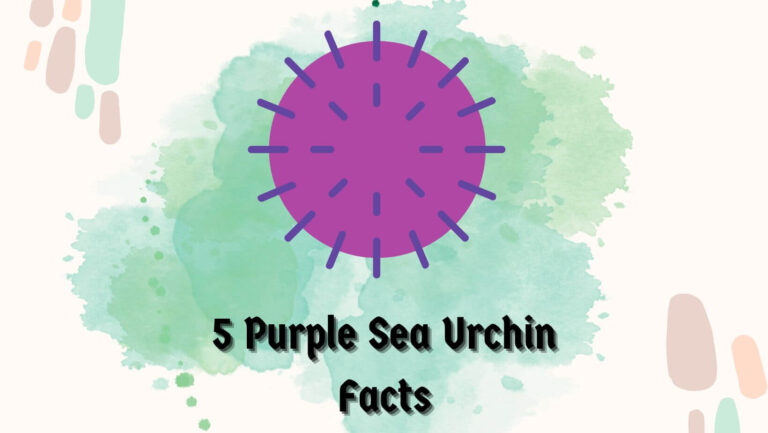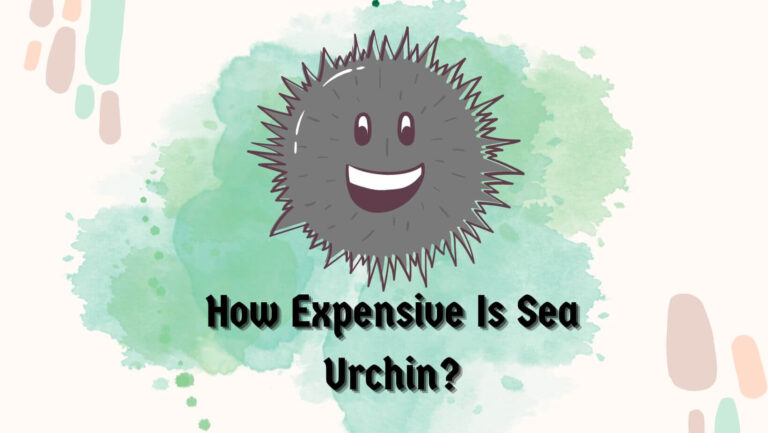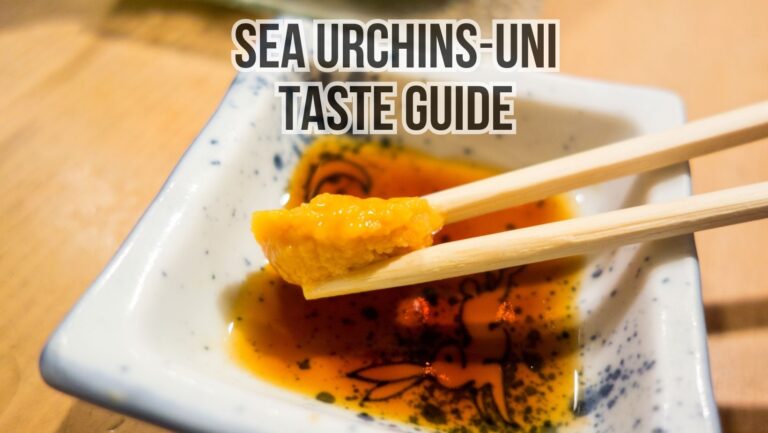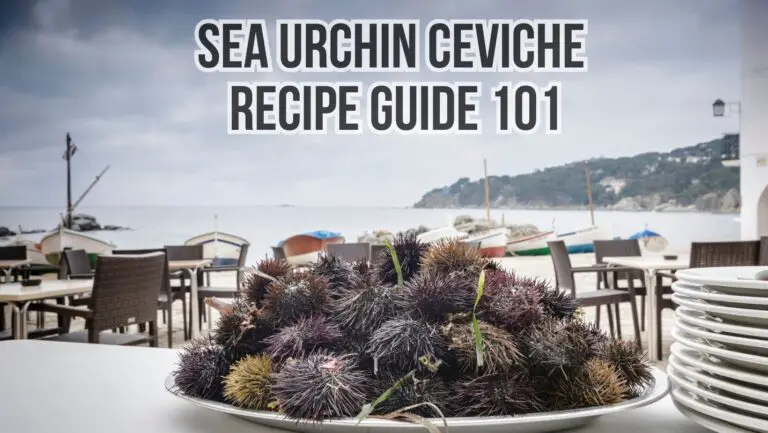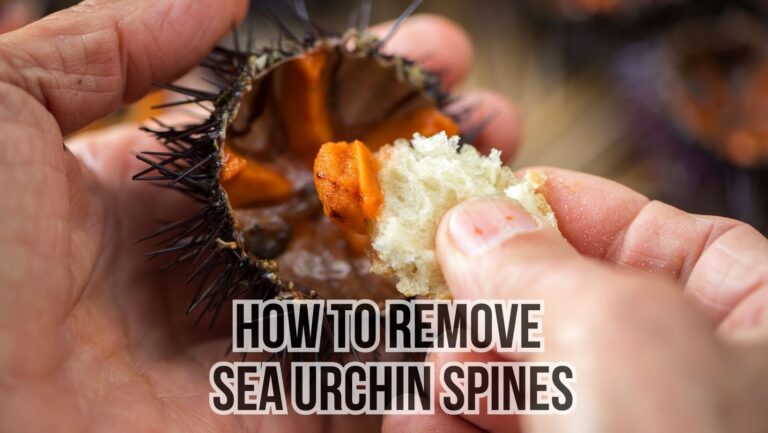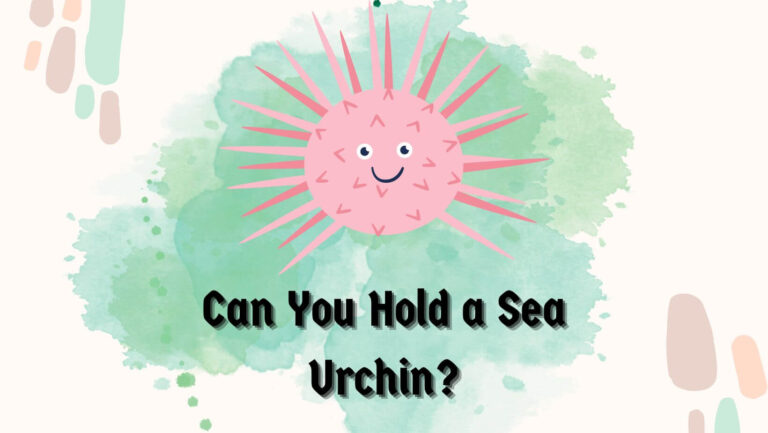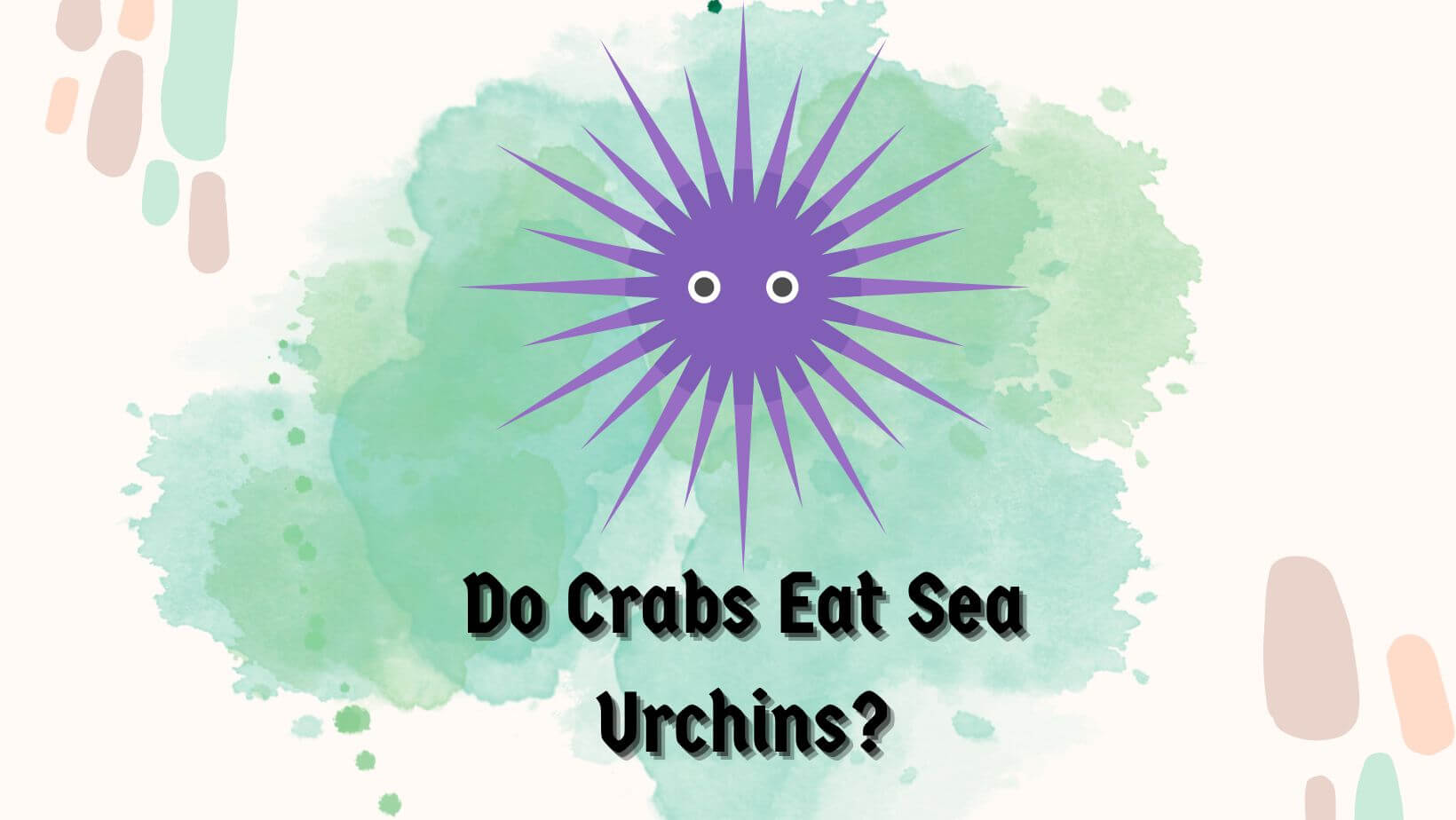
When you look at the oceanic creature, you will find many fascinating creatures. If you wonder how sea urchins and crabs share the same habit, then you are not alone. Sea urchins are not only distributed in various sources around the world but also significantly impact their surrounding environment.
On the other hand, crabs are considered to be crustaceans that inhabit diverse marine habitats. Their feeling habitat times are widely different depending upon the species. If you are wondering whether crabs can eat sea urchins, this article is for you.
In this article, I will not only answer the question: do crabs eat sea urchins? But also, we will be exploring the mutualistic relationship between crabs and sea urchins.
We will further investigate whether crabs love to eat sea urchins and the implication of this interaction. Let’s begin with knowing the first answer: do crabs eat sea urchins?
Table of Contents
Do Crabs Eat Sea Urchins?
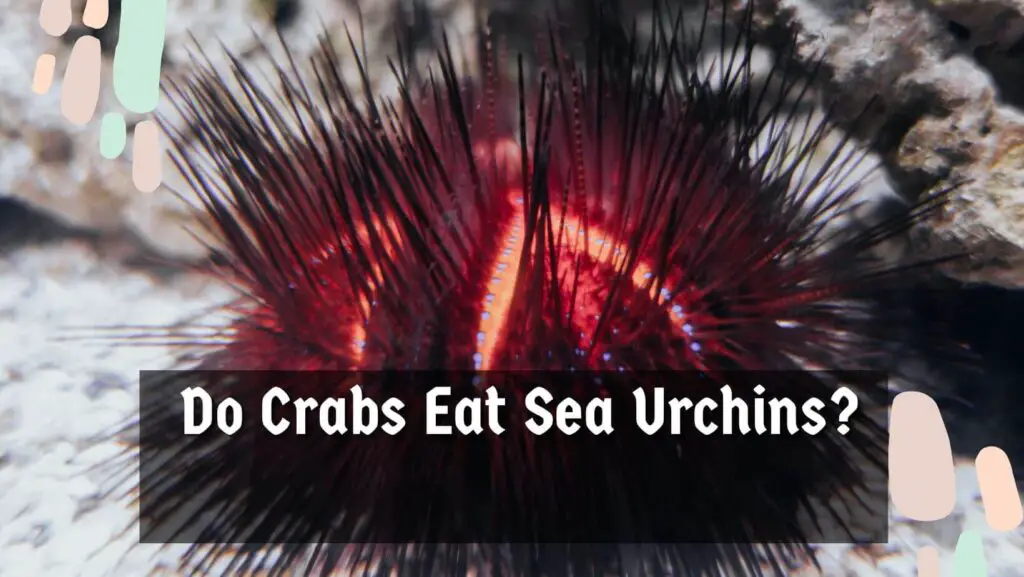
Yes, crabs eat sea urchins. Sea urchins are one of the favorite food of many creatures like crabs, triggerfish, and lobster. However, they have also been noticed sharing a symbiotic relationship, meaning they rely on each other for protection and food, making it a mutually beneficial relationship.
To know more about them, you must dig deeper into the crabs’ diverse feeding habits. You should know that crabs are known to eat a wide range of food, including algae, small invertebrates, mollusks, and carrion.
Some crabs are known to be opportunities scavenger depending upon their species, while others actively hunt and capture their prey. If you look at the crab species, you will find several that have been documented as predators of sea urchins as well.
For instance, you can see green crab feeding on sea urchins in certain regions. Green crabs are considered invasive species that have spread to various coastal areas worldwide. They often have the observed feeding on sea urchins while affecting the local population.
If you are wondering how they can eat sea urchins because they pose spiky spines on their bodies, which may also have toxins, then you should know that crabs also employ different hunting techniques to capture their prey.
Some crabs disguise themselves by attaching fragments of seaweed or debris to their carapace so sea urchins can approach them more easily. Such a crab is known as a decorator crab.
Once nearby, crabs use their sharp claws to crack open the sea urchin’s protective shell and consume its soft tissue. Crab populations have frequently impacted the sea urchin populations as well. Let’s look at that.
You May Also Like Reading
Impact of Crab Predation on Sea Urchin Populations
You should know that sea urchins play a crucial role in the Marine ecosystem, and crab predation can significantly impact its population while disrupting the overall balance of the marine ecosystem.
In some regions, where sea urchin predators are absent or rare, their population tends to explode, leading to overgrazing of forests and another Marine vegetarian, which is not good.
Overgrazing can cause a cascading effect on the entire ecosystem, negatively impacting other species that particularly rely on food and habitat. Not only this, crabs are known to influence the grazing behavior of sea urchins in the Marine ecosystem.
Recent studies conducted by Johnson and Stream found that the presence of predatory crabs usually alters the feeding pattern & habits of sea urchins when living in the same habitat.
Sea urchins that are easily exposed to crab predation will usually spend less time grazing and more time seeking protective shelter, reducing grazing pressure on the algae community.
5 Factors Affecting Crab-Sea Urchin Interactions
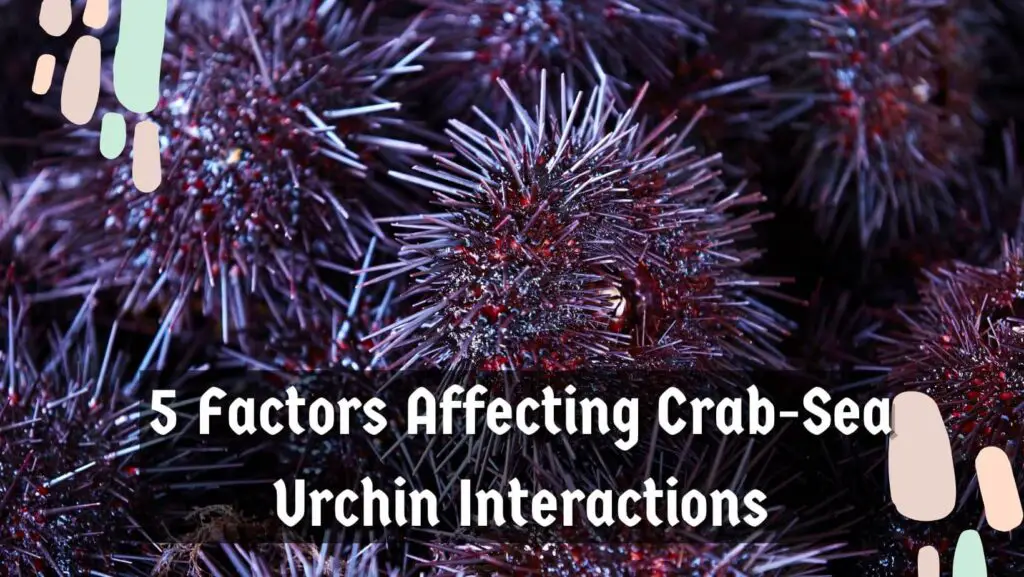
Habitat Preferences
Even though crabs and sea urchins are easily found worldwide, they have a distributed pattern usually influenced by habitat preferences. A few particular species of crab like to inhabit Rocky introduce where they encounter sea urchins more frequently.
On the other hand, sea urchins are found in various habitats, including seagrass beds, Rocky reefs, and coral reefs.
Environmental Conditions
You should also know that the distribution and abundance of crab and sea urchins are also influenced by environmental conditions like water temperature, salinity, or nutrient availability around.
It affects the distribution and abundance of crab and sea urchins population and their feeding and locomotive habits. For example, water temperature also favors certain species influencing their interaction with sea urchins.
Crab Size & Strength
The size and strength of the crab should also be considered because it plays a huge role in the ability to pray on sea urchins. If the crab is more powerful or larger, it will be more successful in breaking open the sea urchin’s protective spines and shell without getting hurt.
Sea Urchin Spines & Defense Mechanisms
Since sea urchins are blessed with an intricate difference mechanism consisting of carbonate spines and cube feet acting as a deterrent to potential predators, it can be difficult for particular crabs or a few species to feed on them.
However, only some crabs have been noticed developing strategies to overcome this defense mechanism and consume sea urchins safely.
Availability
Sea urchins are not easily available and usually sit on sea beds, making it difficult for crabs to find and feed on them. There are many regions worldwide where sea urchin populations are abundant, with little to no crab population around.
Mutualistic Relationships between Crabs and Sea Urchins
Crab Cleaning Sea Urchins
In some cases, crabs and sea urchins have been noticed engaging in a mutualistic relationship that benefits them.
There are a few certain types of cleaner crabs, including coral guard grass, which is known to clean sea urchins by removing parasites and debris from their bodies.
This cleaning behavior benefits sea urchins by promoting their health while preventing potential infection. This cleaning behavior not only provides benefits to sea urchins but also to crabs.
By cleaning the sea urchins, crab gets a chance to feed and consume the debris & parasites they remove from it, while sea urchins benefit from improved hygiene, which reduces the risk of infection and enhances their overall well-being.
Sea Urchins Providing Refuge for Crabs
You should also note that sea urchins can provide shelter for small crabs who seek protection from predators in the ocean. The spiny surface of the sea urchins provides a refugee area for crabs, allowing them to hide and evade potential threats.
Defense against Predators
The spiky spines of the sea urchins serve as a deterrent, making it difficult for the predators to reach the small hidden crabs. By seeking refuge within the sea urchins, crabs gain ultimate protection from their predators until they can protect themselves.
- Other Intriguing Topics To Discover
- Eating Sea Urchin Side Effects: 3 Common Ones
- Do Sea Urchins Eat Phytoplankton?
- Are Sea Urchins Reef Safe
Conclusion
In conclusion, crabs are known to eat sea urchins, but their predation habits can vary depending on the region and its species. You should know that their predation can have significant ecological consequences as well.
As I told you, the interaction between sea urchins as well as crabs stands to be complex. They sometimes also share mutualistic relationships, maintaining the delicate balance of marine ecosystems.
We must understand the interaction and implement effective conservation measures to ensure the long-term health and sustainability of these fascinating creatures and the Marine environment they inhabit.
This article has helped you gain all the information you need to know: do crabs eat sea urchins? If yes, consider sharing it with other fellows so that they can also learn about the mutualistic relationship between these two fascinating creatures and how they inhabit the Marine environment together.
Check our other helpful guide on sea urchins shared on this website; until then, take care and goodbye.

